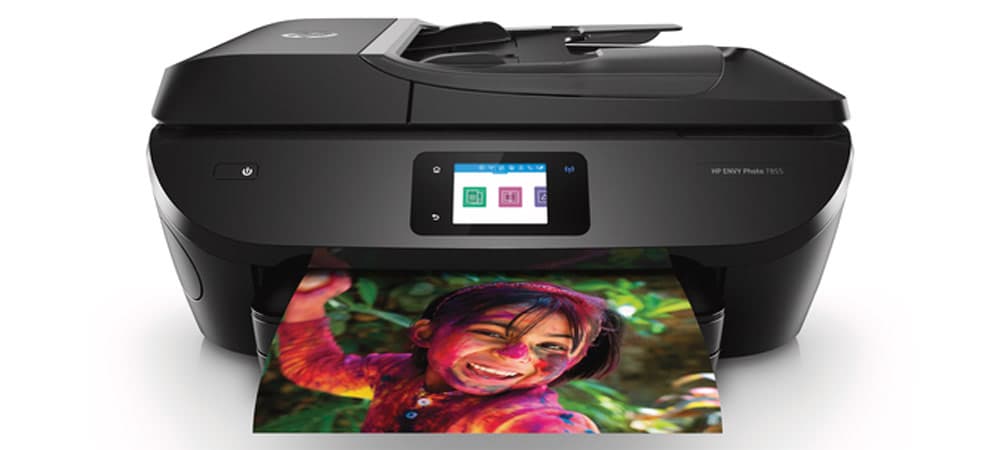The Achilles' Heel of Inkjet Printers: The Hidden Challenges of Print Quality and Cost Efficiency

Inkjet printers have become a ubiquitous tool in both personal and professional settings, offering convenience and versatility for printing needs. However, beneath their sleek exteriors lie a major problem that plagues many users - the compromise between print quality and cost efficiency. In this article, we will delve into the intricacies of inkjet printers, exploring the major challenges they face and providing insights into how to overcome them.
- Print Quality Limitations:
Despite advancements in technology, inkjet printers still struggle to match the print quality of their laser counterparts. The primary issue lies in the ink dispersion mechanism, which relies on tiny nozzles to spray droplets onto the paper. This process often leads to inconsistencies in color accuracy, sharpness, and overall image quality. Additionally, inkjet prints are more susceptible to smudging and fading over time, compromising the longevity of important documents or cherished photographs. - Costly Ink Cartridges:
Another major concern with inkjet printers is the high cost of ink cartridges. Manufacturers often sell printers at a relatively low price, but recoup their profits through the sale of expensive ink cartridges. This pricing strategy can catch users off guard, as the cost of replacing cartridges can quickly surpass the initial investment in the printer itself. Moreover, some inkjet printers require specific cartridges, limiting the options for cost-conscious consumers who may prefer third-party alternatives. - Print Speed and Efficiency:
Inkjet printers are notorious for their slower print speeds compared to laser printers. This limitation can be a significant drawback, especially in busy office environments where time is of the essence. Additionally, inkjet printers tend to consume more ink during maintenance cycles, resulting in frequent cartridge replacements and higher overall printing costs. - Clogged Print Heads:
One common issue that plagues inkjet printers is the clogging of print heads. Over time, ink residue can accumulate and dry within the nozzles, leading to inconsistent ink flow and poor print quality. Regular maintenance, such as print head cleaning, is necessary to prevent clogs, but this process can be time-consuming and may require additional ink usage. - Environmental Impact:
Inkjet printers also pose environmental challenges. The cartridges used in these printers are typically made of plastic and contribute to the growing problem of electronic waste. Additionally, the manufacturing process of ink cartridges consumes significant amounts of energy and resources, further exacerbating the environmental impact.
Conclusion:
While inkjet printers offer convenience and versatility, they are not without their major drawbacks. Print quality limitations, costly ink cartridges, slower print speeds, clogged print heads, and environmental concerns all contribute to the major problem with inkjet printers. However, by understanding these challenges, users can make informed decisions when purchasing printers and employ strategies to mitigate these issues, such as opting for higher-quality ink cartridges, performing regular maintenance, and exploring alternative printing technologies. By doing so, users can strike a balance between print quality and cost efficiency, ensuring optimal performance from their inkjet printers.


